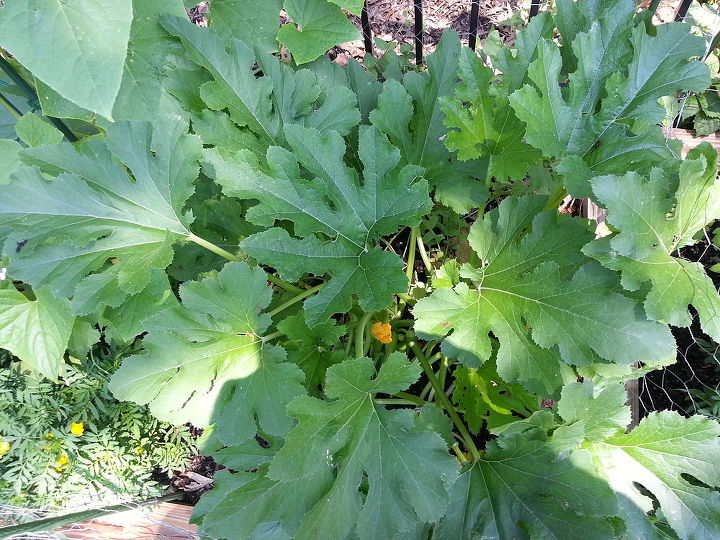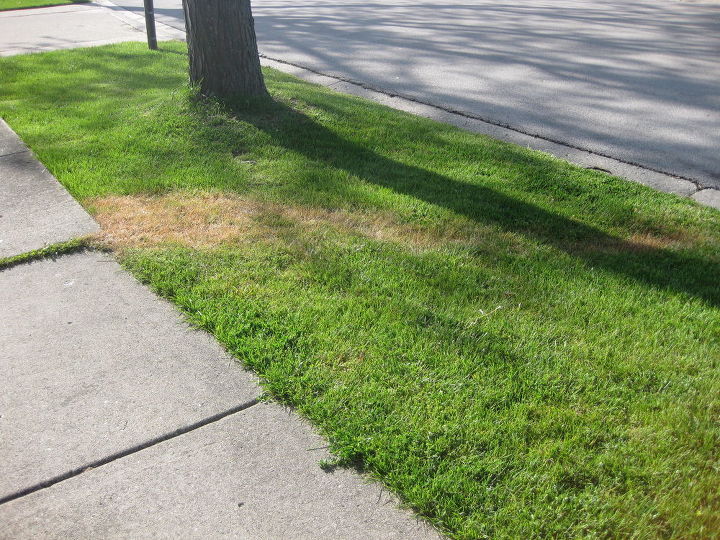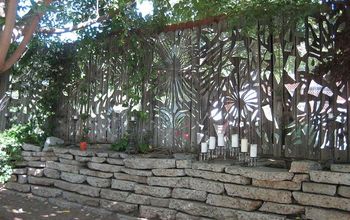How to grow and take care of a moon flower?
Related Discussions
GNATS - How to get rid of them?
Somehow my house and garden got tiny gnats that killed my fuchsia plant and fly everywhere. I have tried ALL the Web recommendations - soap and oil dishes, sand in th... See more
Marigolds growing! Should I pinch the buds?
My marigold plants are growing. I heard that pinching the buds until Autumn will allow them to grow without killing the plant. Is this true?
Growing garlic
Growing our first garlic, should we wait until the leaves are drying out before we pick it? Husband picked first one today along with our first potatoes.
How to keep mice out of your garden?
Hi everyone, I have mice in my garden destroying my vegetables and I have also noticed them in the barn and shed. Please can someone tell me how to prevent them from ... See more
What's the best flower/plant to grow in Texas?
I know that opinions vary, but what's your opinion?!I have great luck w Rosemary plants. Green all year long.
Squash Plants Large and Healthy and no Squash Growing?
2nd Season in a ROW! Squash plants growing large and healthy leaves and the stems near the roots are looking healthy and turning dark green, getting flowers that grow... See more
Trail of dead grass mystery?
Trail of dead grass appeared two weeks ago that starts in neighbor's yard and goes to the sidewalk, then continues past the sidewalk in a line into the grass into my ... See more





https://www.gardeningknowhow.com/ornamental/vines/moonflower/growing-moonflowers.htm
You literally do not need to do anything after they have sprouted, except pull the dead flowers off. If you leave them the seed pods will grow and once they burst open you will have uncontrollable moon flower plants. If you are planing from seeds soak them in warm water for 6-8 hours, then plant about 1/4-1/2: deep and keep the soil moist, but not soaking wet. I love mine, I love the smell, and the huge moths that look like hummingbirds that are drawn to the moon flowers.
Love moonflowers! Have your seeds sprouted yet, and where do you reside? Folks in colder areas can't grow them. After seeds sprout I put 3 plants per large pot, helps control the vines. Also have a trellis or anything they can climb on, nearby. My trick is using fishing line! I secure the line between two poles and the moonflower vines grow, flowers bloom & appear to be 'floating' in mid air! Have fun!
If you live in a colder area like I do in Michigan, start them in pots indoors in April. I then transplant around the first of June to my moon garden. I like them to cover the arched gate. My issue this year has been bunnies eating some of them. I have never had any reseed, so I replant each year. Once they get settled, they grow wonderfully.
In warm areas you drop the moonflower seed and run for your life! They grow big and cover anything in their way. Make sure you pick off all faded flowers or they can become invasive. The are great to make a privacy wall next to your patio if you give them strings to climb on.
My mother had moon flowers for years. But they have all but disappeared. This was because the seed pods WERE TAKEN OFF. So those we have now are allowed to go to seed and do what they wish. If you get too many you can pull up the new plants as they appear.